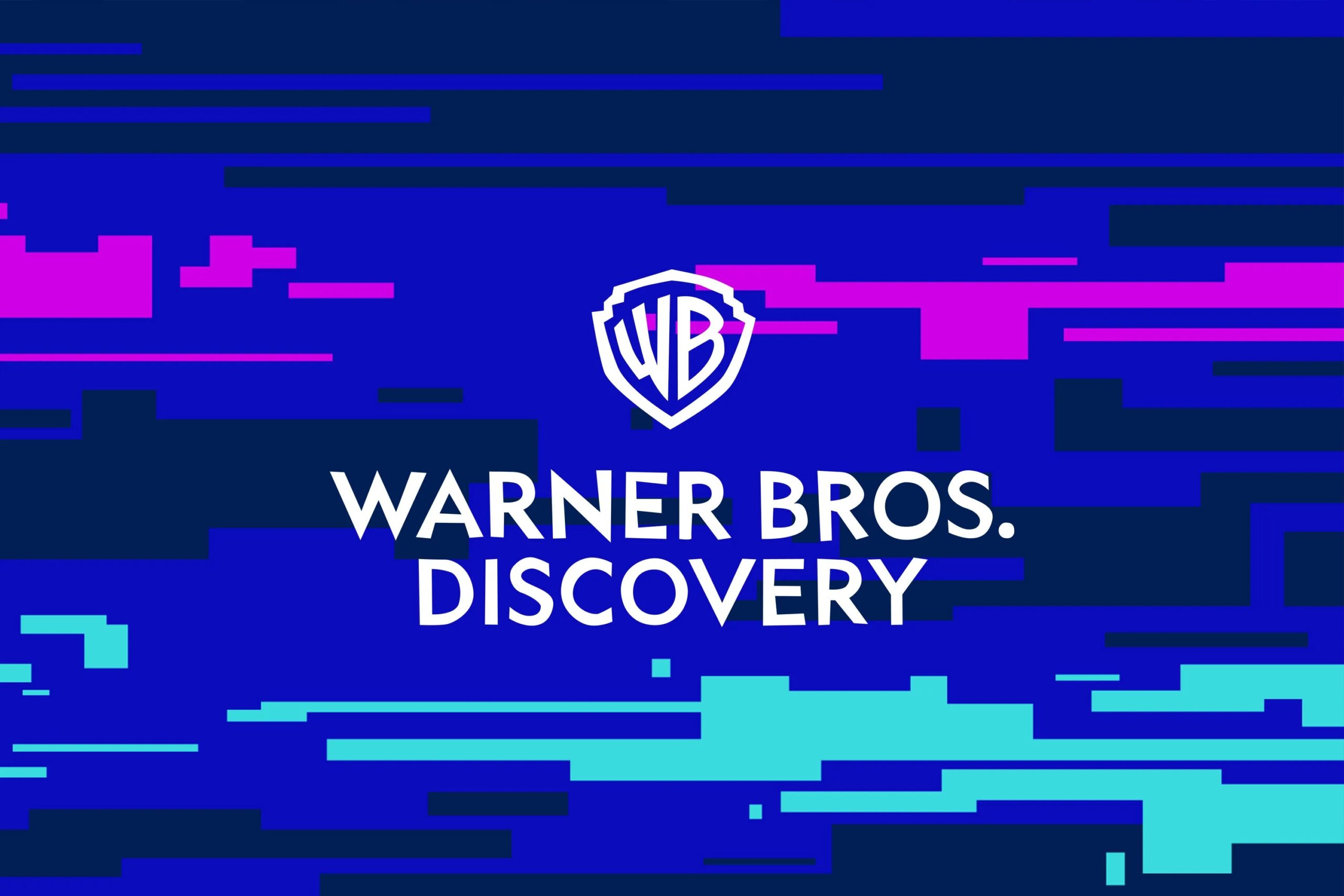
Streaming has reshaped how people watch TV and movies, putting entire libraries in your pocket and giving you instant access with a single click. Here is a shocker though. A staggering 83 percent of US adults now use streaming services, dwarfing the number who still pay for cable or satellite TV. You might think streaming is just about convenience but the real story lies in how it completely changes not only what you watch, but how shows and movies get made and even how much you pay for entertainment.
Table of Contents
- How Streaming Works For TV And Movies
- Top Streaming Services: Netflix, Hulu, Disney+
- Why Streaming Is Changing Entertainment In 2025
- Tips For Getting More From Streaming Platforms
Quick Summary
| Takeaway | Explanation |
|---|---|
| Understand Streaming Technology | Streaming delivers video content via the internet, breaking it into small data packets for real-time playback. This requires adaptive bitrate streaming for optimal quality based on internet speed. |
| Explore Major Streaming Services | Netflix, Disney+, and Hulu each offer unique content strategies, including original programming, on-demand access, and niche offerings, creating a competitive landscape for viewers. |
| Optimize Your Viewing Experience | Enhance streaming quality by checking internet speeds, utilizing adaptive bitrate features, and investing in quality devices while exploring hidden features on platforms for better content discovery. |
| Implement Cost-Effective Strategies | Compare subscription options, utilize free trials smartly, and explore bundled services to manage streaming costs effectively while still enjoying a variety of content. |
How Streaming Works for TV and Movies
Streaming transforms how we consume entertainment by delivering video content directly through internet connections. Unlike traditional broadcast methods, streaming allows viewers to access movies and TV shows instantly across multiple devices without downloading entire files.

The Technical Magic Behind Streaming
At its core, streaming breaks video content into small data packets transmitted over the internet. Learn more about streaming technologies reveals a complex process where video files are compressed and segmented, enabling real-time playback. According to research from IEEE, this technology relies on adaptive bitrate streaming, which dynamically adjusts video quality based on available internet bandwidth.
The streaming process involves multiple critical components. First, content providers encode video files into compressed digital formats. These files are then stored on global content delivery networks (CDNs) that cache data across multiple geographic locations. When a viewer selects a show, the nearest server sends video segments to their device, minimizing latency and ensuring smooth playback.
Content Delivery and User Experience
Streaming services utilize sophisticated algorithms to personalize content recommendations. Research from Springer demonstrates how data analytics drive content production and distribution strategies. These algorithms analyze viewing history, generating tailored suggestions that keep viewers engaged.
Cloud infrastructure plays a crucial role in streaming’s ecosystem. According to academic research from ACM, modern streaming platforms leverage advanced cloud technologies to handle massive concurrent user loads. This infrastructure enables seamless scaling, ensuring millions of viewers can simultaneously stream content without performance degradation.
The user experience extends beyond technical mechanics. Streaming platforms invest heavily in creating intuitive interfaces that make content discovery effortless. Personalized recommendations, user profiles, and cross-device synchronization have become standard features that distinguish modern streaming services from traditional television models.
Understanding how streaming works reveals a complex, dynamic technology that has fundamentally reshaped entertainment consumption. From sophisticated data compression to intelligent content delivery, streaming represents a remarkable convergence of internet technology and media distribution.
Top Streaming Services: Netflix, Hulu, Disney+
Streaming services have revolutionized entertainment consumption, offering viewers unprecedented access to diverse content libraries. Each platform brings unique strengths and strategies to capture audience attention in the competitive digital entertainment landscape.
Netflix: The Streaming Pioneer
Netflix remains the most dominant streaming service globally. Check out our latest movie recommendations reveals the platform’s continued innovation. According to Pew Research, 83% of U.S. adults now use streaming services, with Netflix leading the pack. The platform has 301.6 million paid memberships across more than 190 countries, demonstrating its massive global reach.
Netflix distinguishes itself through substantial original content investment. The company produces hundreds of original movies and series annually, targeting diverse audience segments. From critically acclaimed documentaries to international productions, Netflix has transformed from a content distributor to a major content creator.
Disney+ and Hulu: Specialized Content Strategies
Disney+ emerged as a powerful competitor by leveraging its extensive entertainment portfolio. Research from ResearchGate indicates the platform achieved over 100 million subscribers worldwide within two years of its launch, significantly exceeding initial projections.
Hulu offers a unique hybrid model, providing current television episodes alongside original programming. The platform has carved a niche by offering next-day streaming for many network shows, appealing to viewers who want immediate access to recent content.
Competitive Landscape and User Preferences
The streaming market continues evolving rapidly. Platforms differentiate themselves through exclusive content, user experience, and pricing strategies. Some services like Disney+ bundle multiple entertainment brands, while others focus on niche content categories.
User preferences now extend beyond mere content availability. Viewers evaluate streaming services based on interface design, recommendation algorithms, offline viewing capabilities, and multi-device synchronization. This complexity drives continuous innovation among streaming platforms.
As the digital entertainment ecosystem matures, Netflix, Disney+, and Hulu represent more than just content providers. They are technology companies reimagining how audiences consume media, pushing boundaries of personalization and content distribution.

To help you quickly compare the distinctive features and strategies of the top streaming services discussed above, here’s a table summarizing their key attributes:
| Streaming Service | Global Subscribers | Content Strategy | Notable Features |
|---|---|---|---|
| Netflix | 301.6 million (190+ countries) | Heavy investment in diverse originals; worldwide distribution | Robust recommendation engine; large global library; extensive original programming |
| Disney+ | 100+ million (within 2 years) | Leverages Disney brands (Marvel, Pixar, Star Wars, etc.); family-friendly focus | Bundled entertainment brands; rapid global expansion; exclusive franchise content |
| Hulu | Not specified | Next-day network TV; originals; hybrid content model | Next-day TV episodes; original series; focus on current TV viewers |
Why Streaming Is Changing Entertainment in 2025
Streaming services have fundamentally transformed the entertainment landscape, reshaping how audiences consume content and how media companies develop and distribute their productions. In 2025, these platforms are driving unprecedented changes across the entertainment ecosystem.
Disrupting Traditional Media Distribution
Learn more about platform rebranding strategies reveals the dramatic shifts in media consumption. According to research from academic journals, streaming services have created direct-to-consumer distribution channels that challenge traditional cinema and television models. The global entertainment industry now recognizes streaming as a primary content delivery mechanism rather than an alternative platform.
Traditional media outlets are experiencing significant pressure. OnVideo research indicates many households have completely replaced cable subscriptions with streaming services, attracted by lower costs and on-demand viewing convenience. This shift represents a fundamental restructuring of how audiences access entertainment content.
Content Production and Financial Models
Streaming platforms are now major content producers, investing billions in original programming. Unlike traditional studios, these services use sophisticated data analytics to guide content creation. They can quickly develop and distribute content targeted to specific audience segments, reducing financial risks associated with traditional film and television production.
The economic model of entertainment has transformed. Streaming services now compete directly with film studios, often purchasing or producing content exclusively for their platforms. This approach allows for more diverse and niche content that might not have found support in traditional distribution channels.
Technological and Viewing Experience Innovations
By 2025, streaming technologies have evolved far beyond simple video delivery. Platforms now offer personalized viewing experiences with advanced recommendation algorithms, interactive content, and multi-language support. Artificial intelligence plays a crucial role in content curation, creating increasingly sophisticated user experiences.
Global theater attendance has declined, with motion picture research showing a 4% drop in recent years. This trend underscores how streaming platforms are not just an alternative but are becoming the primary mode of entertainment consumption.
The entertainment industry in 2025 looks dramatically different from a decade ago. Streaming services have become more than content distributors they are now technological innovators, content creators, and primary entertainment gatekeepers. As traditional media continues to adapt, streaming platforms will likely play an increasingly central role in how we consume and interact with entertainment content.
Tips for Getting More From Streaming Platforms
Streaming platforms have become increasingly sophisticated, offering viewers numerous ways to enhance their entertainment experience. Maximizing these digital services requires understanding their features and implementing strategic approaches to content consumption.
Optimize Your Viewing Experience
Explore advanced streaming techniques reveals critical strategies for platform optimization. According to research from Mold Studios, implementing adaptive bitrate streaming can significantly improve playback quality by dynamically adjusting video resolution based on network speed.
Users can enhance their streaming experience by checking internet connection speeds and using ethernet connections for more stable streaming. Investing in high-quality streaming devices and ensuring updated software on smart TVs and streaming sticks can dramatically improve video and audio performance.
Master Content Discovery and Personalization
Research from Valuebound highlights the importance of understanding platform recommendation algorithms. Most streaming services use sophisticated AI to curate personalized content suggestions. Users can improve these recommendations by actively rating watched content, creating multiple profiles for different family members, and exploring genre-specific collections.
Take time to explore each platform’s hidden features. Many services offer advanced search options, genre-specific collections, and curated playlists that go beyond standard recommendations. Utilizing parental controls, creating watchlists, and exploring cross-platform integration can significantly enhance content discovery.
Cost-Effective Streaming Strategies
Managing streaming subscriptions requires strategic planning. Consider rotating subscriptions based on seasonal content releases. Many platforms offer monthly subscriptions that can be canceled and restarted without long-term commitments. Compare content libraries and pricing to determine the most cost-effective combination of services.
Utilize free trials strategically. Most platforms offer 7-30 day trial periods. Plan these trials around major content releases or during periods when you have more time to explore the platform. Some credit cards and mobile plans also offer complimentary streaming subscriptions as additional benefits.
Advanced users can leverage bundled services that combine multiple streaming platforms at reduced rates. Family and group plans often provide significant cost savings compared to individual subscriptions. Additionally, some internet and mobile providers offer streaming service bundles as part of their packages.
To simplify the cost-saving tips discussed above, here’s a checklist of practical streaming strategies:
| Strategy | Description | Status/Note |
|---|---|---|
| Rotate Subscriptions | Sign up only for the platforms you’re actively watching | Flexible, no contract |
| Utilize Free Trials | Take advantage of 7-30 day offers when new shows launch | Time sensitive |
| Bundle Services | Use packages provided by platforms or mobile/internet providers | Can reduce costs |
| Use Family/Group Plans | Share subscriptions for lower per-person rates | Accessible for families |
| Compare Library and Prices | Regularly review offerings to ensure best value | Ongoing |
| Explore Platform Benefits | Check credit cards or mobile plans for included streaming | May vary per provider |
Streaming platforms in 2025 offer more than just content delivery. They are complex entertainment ecosystems that reward users who take the time to understand and optimize their experience. By implementing these strategies, viewers can transform their streaming experience from passive consumption to an engaging, personalized entertainment journey.
Frequently Asked Questions
What is streaming?
Streaming is the process of delivering video content over the internet in real-time without the need to download files. This technology allows users to instantly access movies and TV shows on various devices.
How does streaming work?
Streaming works by breaking video content into small data packets that are transmitted over the internet. These packets are sent to a viewer’s device, allowing for real-time playback using adaptive bitrate streaming that adjusts quality based on network speed.
What are the top streaming services in 2025?
The top streaming services in 2025 include Netflix, Disney+, and Hulu. Each platform has unique content strategies, with Netflix focusing on diverse original programming, Disney+ leveraging its extensive entertainment portfolio, and Hulu offering next-day streaming of network shows.
How can I optimize my streaming experience?
To optimize your streaming experience, check your internet speed, use Ethernet for a stable connection, select high-quality devices, and explore advanced features such as personalized recommendations, genre-specific collections, and parental controls.
Ready to Master Streaming in 2025? Discover All You Need at Stream Panther
Feeling overwhelmed by the endless choices and complex features in modern streaming? If you are looking for clear answers about adaptive bitrate streaming, the best platform strategies, or how to navigate the fierce competition between Netflix, Disney+, and Hulu, you are not alone. With so many changes in how shows and movies are delivered and recommended, finding trustworthy insights can be tough. At STREAMING – Stream Panther, you can dive deeper into everything covered in this article and get reliable updates, straightforward reviews, and expert guidance for every major streaming platform.

Take control of your streaming experience now. Visit https://streampanther.com for the latest news, what-to-watch tips, and behind-the-scenes business coverage. Don’t just keep up with the streaming revolution—get ahead of it with the tools and knowledge you deserve. Explore our STREAMING category for instant access to hands-on advice and updates built for passionate TV and movie fans just like you.
Recommended
- How Streaming Platforms Are Rebranding in 2025 to Win Back Viewers
- What’s New on Hulu June 2025 – Complete Release Guide
- Hollywood Then vs Now: Sabrina Culver Talks Self-Tapes, Casting & Sustainable Filmmaking
- AI/VR Motion Picture Guild | Innovating the Future of Film
- UHD vs HD Streaming: Which Is Better in 2025?










